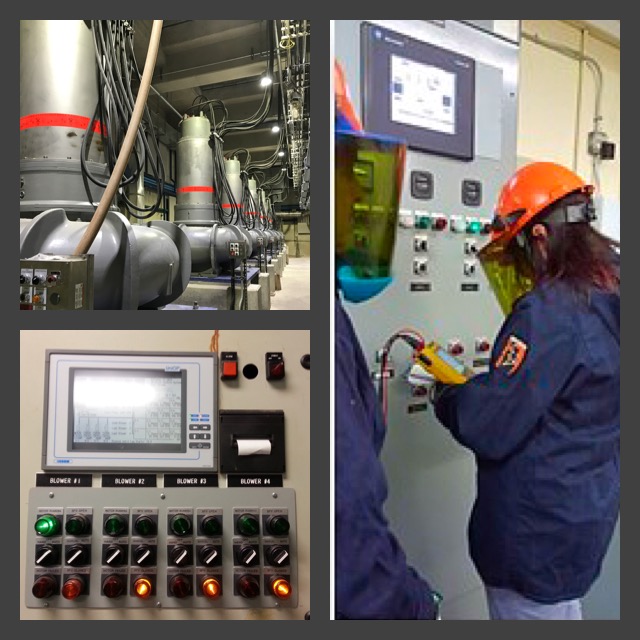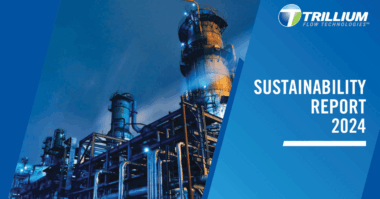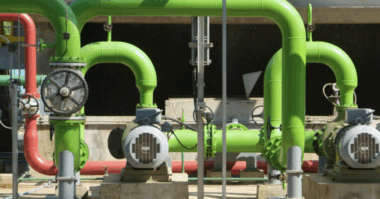As a follow up to my recent article on quantifying sustainability, the questions below are the key to implementing effective energy management systems that show value.
I have been speaking to many water / wastewater operations and management staff from large and small utilities about the challenges associated with implementing an Energy Management System. As with most successful programs, the most important step is the planning.
These questions need to be addressed before installing an Energy Management System:
- What are the goals? This sounds simple, right? The important factor here is to define the driver – why are we doing this? Is it purely informational? Do we need to understand where and how energy is being used before we can move forward with conservation and savings? Are we moving towards a ‘net zero’ goal or greenhouse gas initiative? Is this system part of a cost saving response to budget cuts and fiscal constraints? This is the most critical aspect to define at the outset. This will determine what you are measuring and why you are measuring it. For example, if cost savings is the driver, the energy data collected through the system needs to be correlated directly with costs and rate structure.
- How is your facility billed? Rate structures can be time consuming to deconstruct, but are the key to reducing surprises when the monthly bill arrives. It also may dictate how the energy management program is set up and what is monitored. Aside from being billed on kilowatt hours (kWhs), there are demand charges, billed based on either kW or kVA, which introduces power factor as a parameter for measurement. In addition, ‘time of use’ rates may indicate energy use or demand used during certain portions of the day is more important to monitor for cost reduction.
- Are you Monitoring or Managing? Is your objective to break down the energy usage by building, MCC, process, or even down to the individual equipment level to better understand where power is being used? This can be a great first step obtaining data that provides insight as you select the systems to optimize as part of an energy efficiency program. This is different than programming a system to automatically adjust process operations in response to specific pre-set parameters.
- What kind of energy do you want to measure? If the goal is to create a pie chart of the energy demand throughout the facility, then rolling or instantaneous kW readings may be appropriate. However, monitoring the total usage of facility-wide systems would require cumulative readings in kWhs. As discussed above, deciphering the bill may reveal that demand charges are based on KVA versus kW, and therefore, collecting kVA or power factor data would correlate more directly to costs.
- How are you going to make the data meaningful? Just watching the energy use fluctuate in real time does not, in and of itself, create action or tell us anything about why it’s changing. Connecting the data to costs is one way to add meaning. Engaging process parameters provides even more powerful data. Benchmarking the electrical usage against plant-wide or system specific parameters provides a platform for making active decisions about how processes are operating.
- What process data is available? As wireless communications, smart technologies, and IIOT become a reality in our facilities, we will have endless data to use in optimizing systems and controlling energy use. There still exists quite a bit of stranded data, so as we are figuring out how to create meaning from our energy data, we need to work with the data that’s available. On a plant or system level, flow becomes the most obvious choice. Ideally, it’s available at an equipment level for large pumping systems. Pressure data along with the flow and energy use could allow us to estimate pump efficiency in real time. For aeration systems, BOD, or ammonia loading, this can be an important parameter in understanding blower energy use. Identifying what data is available, how it can be overlaid, and benchmarking the energy data provide a framework for setting up the energy management system.
- Do you want to trend, track, or have access to historical data? Again, this may sound obvious or simple, but if we have not communicated to our programmers and systems integrators what our expectations are for the energy management system, these trending capabilities may not necessarily be included. Opt for the capability to not just look back, but also to extract data for further analysis – this can be critical in understanding variations and correlations to plant conditions.
- WHO is going to look at it? Will it be the plant manager, the operators, or an energy manager? Delegating the responsibility for watching energy trends or collecting and reporting on the data means the energy management system will be utilized and maintained. An even better approach is to provide the data on control panels and SCADA screens that display process information – making it part of day-to-day operations.
- What are you going to ‘DO’ about it? Monitoring energy usage is not the same as acting on it. If the data is displayed for staff to view it, how and when do we want them to respond? Setting highs or lows, set-points that initiate or trigger action make the system more useful and more likely to meet the intended goals. This could be as simple as setting an alarm when demand reaches a specific point and having operations respond to reduce the demand through actively modifying non-essential systems.
- Proactive versus retroactive? While tracking and monitoring may help in understanding how energy is being used and whether it is trending in the right direction, it may create only reactionary responses as methods are developed to reduce usage for specific systems. Having the billing rate structure programmed within the energy management system can provide a predictive look at how this month’s bill may be impacted while there is still time to do something about it.
Have Questions about how to plan and install an Energy Management System? Contact me at jenmuir@jkmuir.com.




